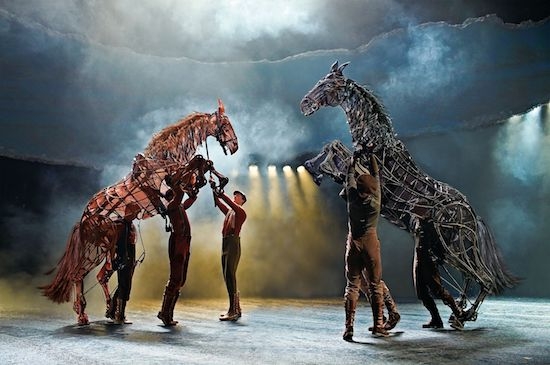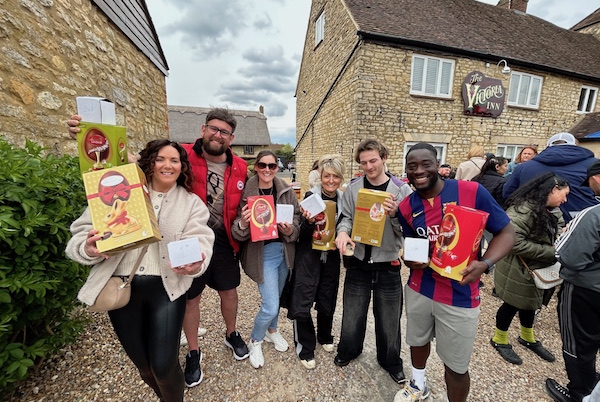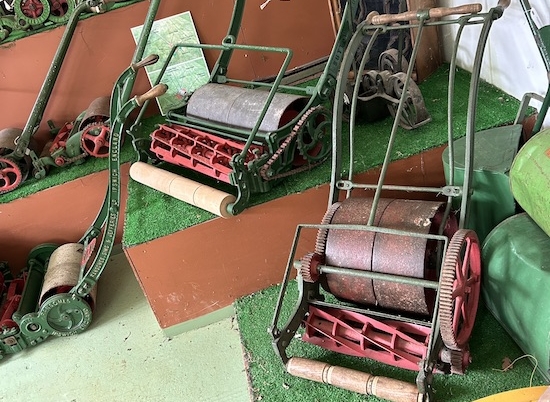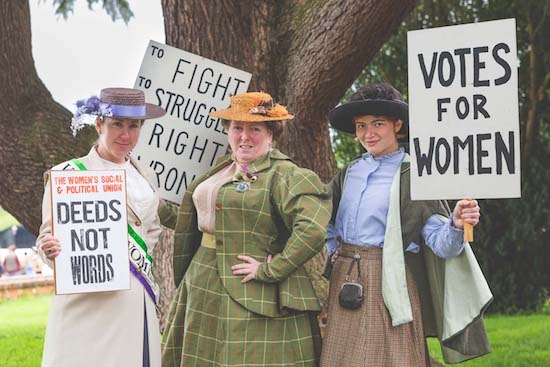During the weekends’ Woburn Abbey Garden Show, Her Grace The Duchess of Bedford officially opened the newly added Keepers’ Cottages to the Aviary.
The extensions are the final stage of a project to reconstruct another eye-catching feature for the Woburn estate
Under the direction of The Duchess of Bedford and a dedicated team of gardeners, many of Humphry Repton’s designs for the Woburn Estate, where his work has been most realised, have been brought back to life. However few projects have been as fascinating as the reconstruction from the ashes of his design for the aviary, cone house and menagerie.
Originally built in 1805, the aviary and cone house represents one of Repton's most elaborate designs and marked the estate's first foray into keeping exotic birds such as canaries, peacocks, pheasants, macaws, doves, pigeons, bantams, waterfowls and other animals in the surrounding menagerie. When it was originally built, the artistic views of the Red Book had the labourers and agents scratching their heads as to how best realise Repton’s designs.
Unfortunately burnt down and later deconstructed during the Second World War for easier garden maintenance, the only evidence of the aviary was charcoal and ash.
However, upon reviewing Repton’s largest Red Book of designs in the Woburn Abbey library, the Duchess, the estate gardens manager Martin Towsey and Woburn’s gardeners were inspired to reinstate Repton’s designs.
In 2011 restoration work began to rebuild the aviary using green oak, and the final stage of the project commences this month with the construction of green oak open-sided cottages, complete with cedar shingle tiles, situated either side of the aviary to mimic the keepers houses.
Matthew Hirst, Curator of the Woburn Abbey Collection said: “In the 19th century there was a fashion for English country homes to keep exotic animals, it signalled a curiosity and awareness of the world. The illustration of the aviary in ‘Hortus Woburnensis’ shows the original design and the two cottages to each side which served as residences for animal keepers. Extracts from this historic gardens book detail how the aviary was octagonal in design and had a pigeon house on top, providing space for the birds to nest.”
Martin Towsey, Estate Gardens Manager said: “It is fantastic to reveal the reconstruction of the aviary according to Repton’s plans and it has felt like a true ‘phoenix from the ashes’ project. We have all worked so hard to restore this magnificent structure to its former glory and the aviary is now home to an array of birds once again including golden pheasants, budgies and a quail.”
During the reconstruction a time capsule was placed in the roof including pictures of the gardens team, the Duke and Duchess and their children and a newspaper from the day of completion.
Never miss leisure news in Milton Keynes - Follow us on www.twitter.com/thisistotalmk
And on Facebook: www.facebook.com/thisistotalmk
















